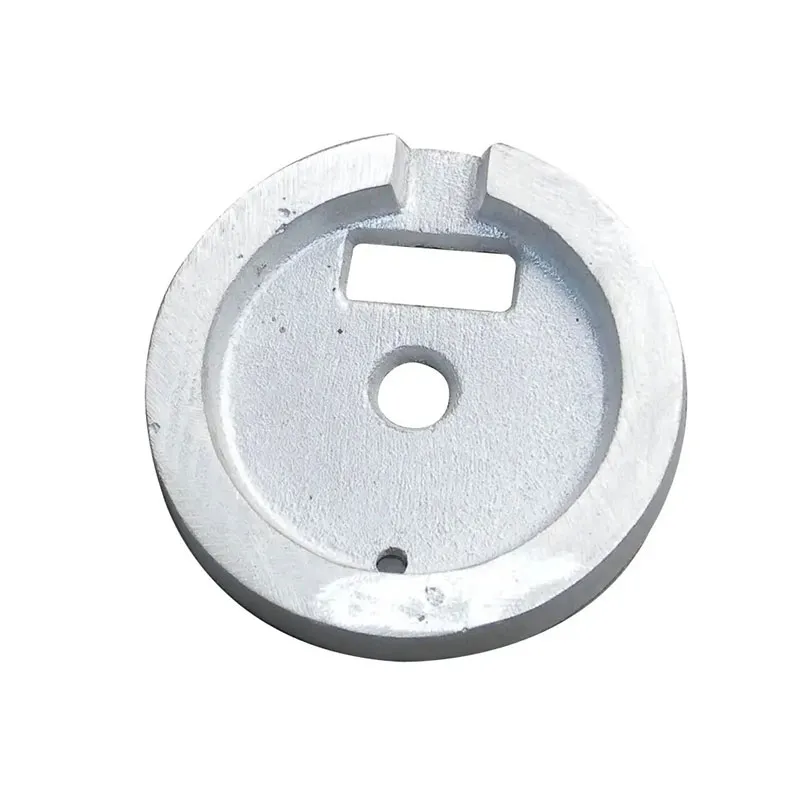Understanding the Metal Stamping Process and Its Applications in Manufacturing
Understanding the Metal Stamping Process
Metal stamping is a manufacturing process that involves the transformation of flat metal sheets into various shapes and forms. This process is commonly used in industries such as automotive, aerospace, electronics, and appliances, making it a crucial element of modern manufacturing. In this article, we will explore what metal stamping is, the processes involved, its applications, advantages, and the future of metal stamping technology.
The Basics of Metal Stamping
Metal stamping encompasses a variety of operations that can be applied to metal sheets. It typically involves applying high pressure to a sheet of metal using a stamping die, which shapes the metal into the desired form. The process can perform multiple actions in one cycle, including cutting, bending, and embossing. Metal stamping can be performed using various techniques, such as progressive stamping, transfer stamping, and deep drawing, each suited for specific applications and materials.
1. Progressive Stamping This method involves a series of dies that shape the metal sheet progressively. As the sheet moves through the machine, each subsequent die performs a specific operation until the final shape is achieved. This technique is highly efficient for mass production.
2. Transfer Stamping In this process, intermediate handling is used, allowing for more complex shapes to be formed. Here, metal pieces are transferred from one die to another, making it suitable for parts that require intricate designs and features.
3. Deep Drawing Deep drawing is a process used to create parts with a significant depth relative to their diameter. This is commonly seen in items like kitchen sinks, which require metal to be drawn deep into a mold.
Applications of Metal Stamping
The versatility of metal stamping allows it to be used in a plethora of applications. Some common uses include
- Automotive Parts Metal stamping is extensively used to produce components such as brackets, panels, and housings in the automotive industry. The ability to produce high volumes at reduced costs makes it an ideal choice for car manufacturers.
- Consumer Electronics Many devices, from smartphones to home appliances, rely on metal stamped components for their casings and internal structures. The precision and consistency in manufacturing quality are paramount in electronics.
- Building and Construction Stamped metal products such as HVAC ductwork, metal roofing, and structural components are essential in the construction industry.
what is metal stamping process

- Medical Devices In the healthcare sector, metal stamping plays a critical role in producing surgical instruments and other medical equipment, where precision is of utmost importance
.Advantages of Metal Stamping
The metal stamping process offers numerous advantages, including
- Cost-Effectiveness Once the initial tooling is created, high volumes of parts can be produced at a low cost per unit, making it ideal for large production runs.
- Precision and Reproducibility Metal stamping produces consistent and precise parts, which is essential in industries requiring high reliability.
- Material Efficiency This process can minimize waste material by optimizing the design of the die and the layout of the stamping run.
- Versatility It can be used with various materials, including aluminum, steel, brass, and copper, allowing for a diverse range of products.
The Future of Metal Stamping Technology
As technology continues to evolve, so does the metal stamping process. Innovations such as automation, robotics, and advanced computer software have enhanced the efficiency and accuracy of metal stamping operations. The integration of Industry 4.0 principles, including the Internet of Things (IoT) and big data analytics, allows manufacturers to monitor processes in real-time, leading to better quality control and reduced downtime.
Moreover, sustainable practices are becoming increasingly important, with companies looking to minimize their environmental impact. This includes recycling metal scraps and adopting eco-friendly production methods.
In conclusion, metal stamping is a vital process in modern manufacturing, offering a wide range of applications across various industries. Its ability to produce high volumes of precise components quickly and cost-effectively makes it an indispensable part of the supply chain. As technology advances, so too will the capabilities and applications of metal stamping, ensuring that it remains a cornerstone of manufacturing for years to come.
-
Precision Sheet Metal Stamping Manufacturer | Fast & ReliableNewsAug.01,2025
-
OEM Sand Cast Pump Valve Fittings - Baoding Hairun Machinery And Equipment Trading Co., Ltd.NewsAug.01,2025
-
Custom OEM Impellers | High Efficiency & PrecisionNewsAug.01,2025
-
OEM Sand Cast Pump Valve Fittings - Baoding Hairun Machinery | Customization, Quality AssuranceNewsAug.01,2025
-
OEM Sand Cast Pump Valve Fittings - Baoding Hairun Machinery And Equipment Trading Co., Ltd.NewsAug.01,2025
-
OEM Sand Cast Pump Valve Fittings - Baoding Hairun Machinery And Equipment Trading Co., Ltd.NewsJul.31,2025















